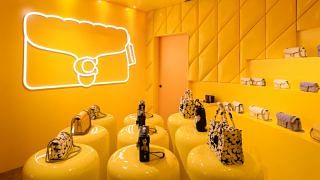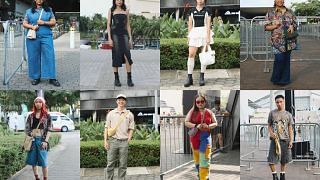1. The word ‘sustainability’ has no actual meaning
These days, it has too much meaning that it’s not concise anymore. Originally, sustainability only concerned ecology. The word itself was coined in 1813 by German tax accountant Hans Carl von Carlowitz, the father of sustainable yield forestry. The most referred-to definition comes from a seminal 1987 report, titled ‘Our Common Future’, by the Brundtland Commission of the United Nations. It defines sustainability as “development that meets the needs of the present without compromising the ability of future generations to meet their own needs.”
2. Sustainability is interchangeable with other terms like eco-friendly, circular, recyclable, etc
The term is not interchangeable but you can consider it as an umbrella sheltering other related terms, which usually indicates how a product was made and with what as well as what to do after its use. This can be confusing because there are so many words, and these terms are not entirely regulated for use on products (this is where certifications can come in handy). Learning each distinction is useful in determining whether your needs and expectations are being met by a product.

3. Sustainable products are always expensive
Many fashion enthusiasts are probably first exposed to sustainability via luxury brands like Stella McCartney. The market, however, has diversified and many reasonably-priced products are available that are equally fashionable. Check out brands like Baserange, Cuyana, Fame and Partners, Ganni, House of Sunny and Lacausa – you’re sure to find a good dress in the $100 price range. Sustainable edits from various online retailers such as Browns, Luisa Via Roma, and Net-A-Porter are also worth browsing.
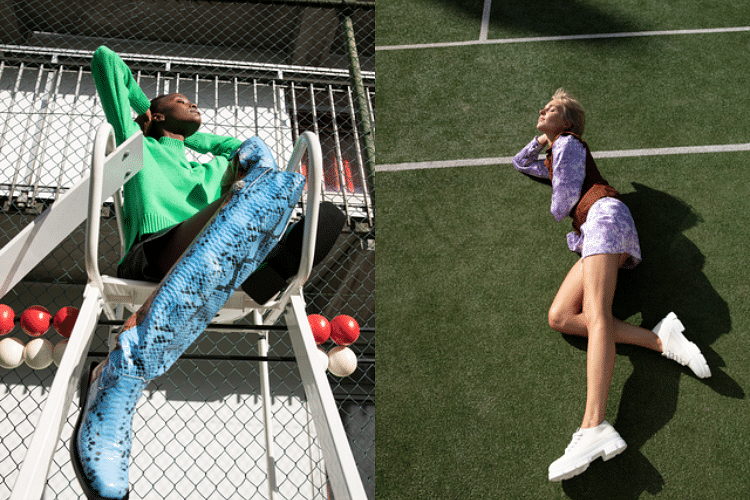
4. The only sustainable products we should be buying are certified ones
Not every brand can get certifications as there are different criteria for such things. For example, it isn’t necessary for smaller businesses to get them because of their scale of operations, and the cost of such certifications outweighs its impact. Instead, they can provide other resources to explain how their products are made and sourced. However, certifying bodies, initiatives and standards could very much prove useful in regulating the manufacturing process.

5. Luxury goods will be sustainable in the near future
Some already are (cue Alexander McQueen, Mara Hoffman, and Phoebe English) and many are on its way. There has been a rise of sustainable fashion labels in recent years, with brands like Bite, Brother Vellies, Gabriela Hearst, Marine Serre, Mother Of Pearl and Stine Goya. It’s important to keep in perspective, however, that no matter how sustainable one claims to be, it is still helpful to be aware of how much each brand produces each year as a rough gauge of whether they are truly eco-conscious or not.
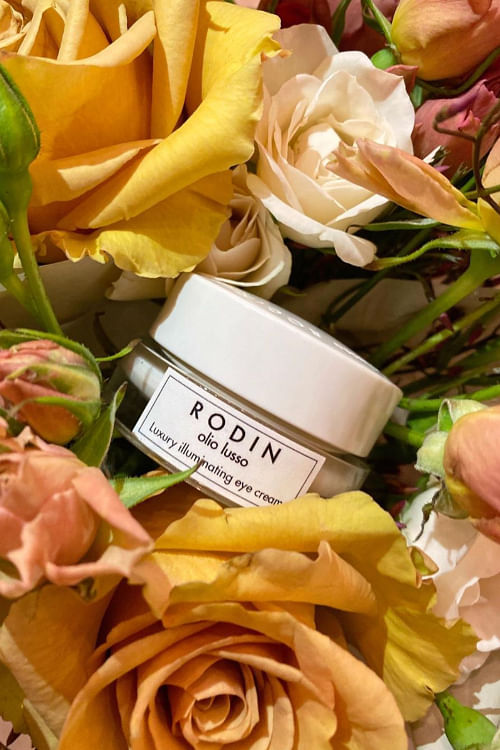
6. Consumers will lead the shift to sustainability by doing individual things that will achieve maximum impact
‘If’ implies a very unlikely scenario. Policymaking research by the Nordic Council of Ministers have highlighted that “consumers are important actors in society, but as isolated individuals they cannot change the societal structures and social norms.” The shift is going to take a lot more than a few people switching to metal straws. Today, responsibility is burdened more on individual consumers while businesses are free to produce and market products under so few regulations. It is these businesses, civil society and policymakers that have crucial roles to make necessary large-impact changes. In the meantime however, supporting brands that reflect sustainable practices is a positive step.
7. Every business can be sustainable
Some businesses, unfortunately, make unsustainable products. “In that regard, no matter how much they try to embed sustainability in their strategies,” says Kenneth Ameshi, Professor of Business and Sustainable Development at the University of Edinburgh, “they can never be sustainable as long as their products and services remain the same.” For example, oil and gas companies are not sustainable unless they switch to renewable energy sources.
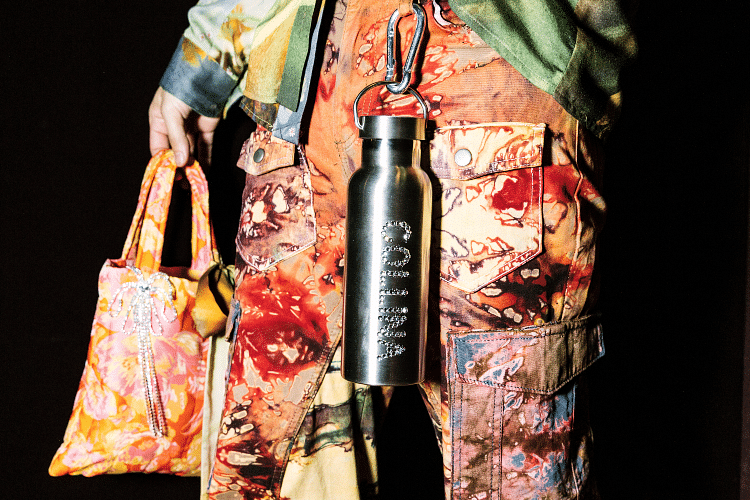
8. A product using sustainable materials automatically renders it sustainable
There are so many factors that determine whether a product is sustainable or not. As mentioned before, this can include scale of operations, how items are delivered, how much depletion is caused by extracting its raw materials, or how it is meant to be disposed of. If you already had a water bottle that works fine and decided to buy a “sustainable” one – because you think it’s better – that doesn’t justify why you had to buy an additional product. Instead, buy one when you actually need replacing– that’s when you make the switch.
9. Investing in sustainable technology is not profitable
To begin with, the goal with sustainability is not profit. There are plenty of other considerations that make the case to invest in the technologies. For example, China has banned importing waste, which has caused many countries to scramble for solutions. While a lot of the technology is expensive and takes years to perfect, the issues are far more urgent. Research is worth it. Besides, with the experience curve in mind, technology will get cheaper down the line.
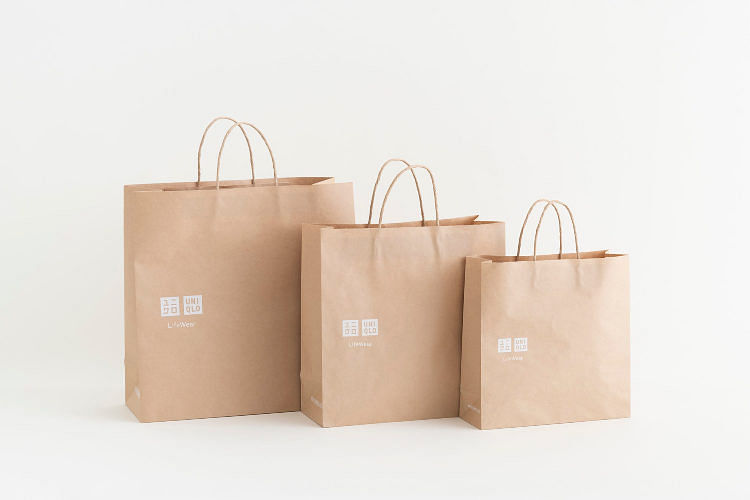
10. Banning products can significantly improve the path to sustainability
It can. In the United Kingdom, the demand for single-use plastics have plummeted by 80 per cent since the 5pence charge was charged for carrier bags. But where products end up also matters. For example, biodegradables and bioplastics need air, light, and heat to break down. Meanwhile, data from McKinsey reports that 20 per cent of global plastics are incinerated and 40 per cent end up in landfills, eliminating any potential for other use. For starters, the fashion and beauty industry must eliminate excessive packaging and find alternative materials and design – which is why technology is essential.








